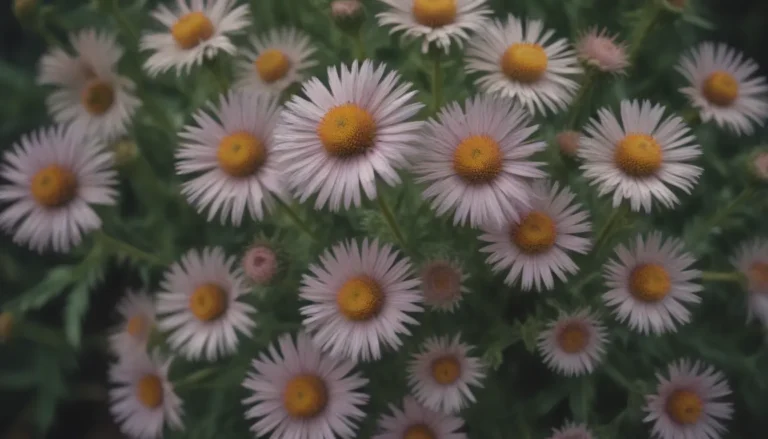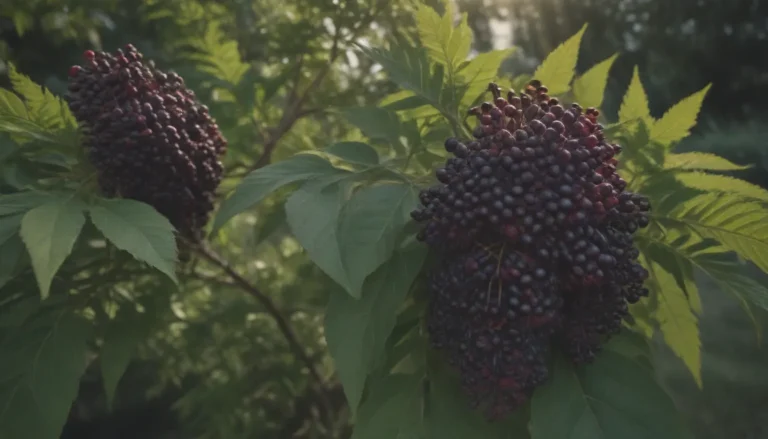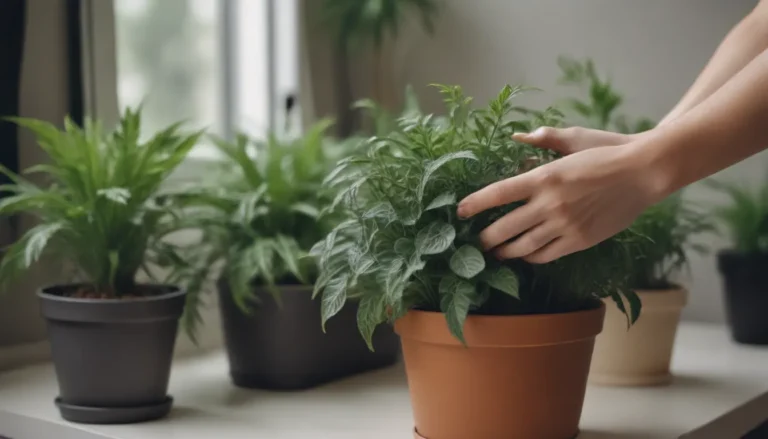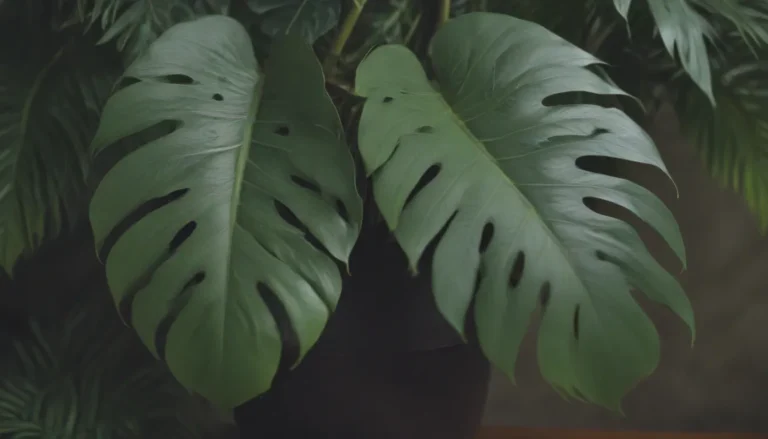The Ultimate Guide: Growing and Caring for Virginia Bluebells
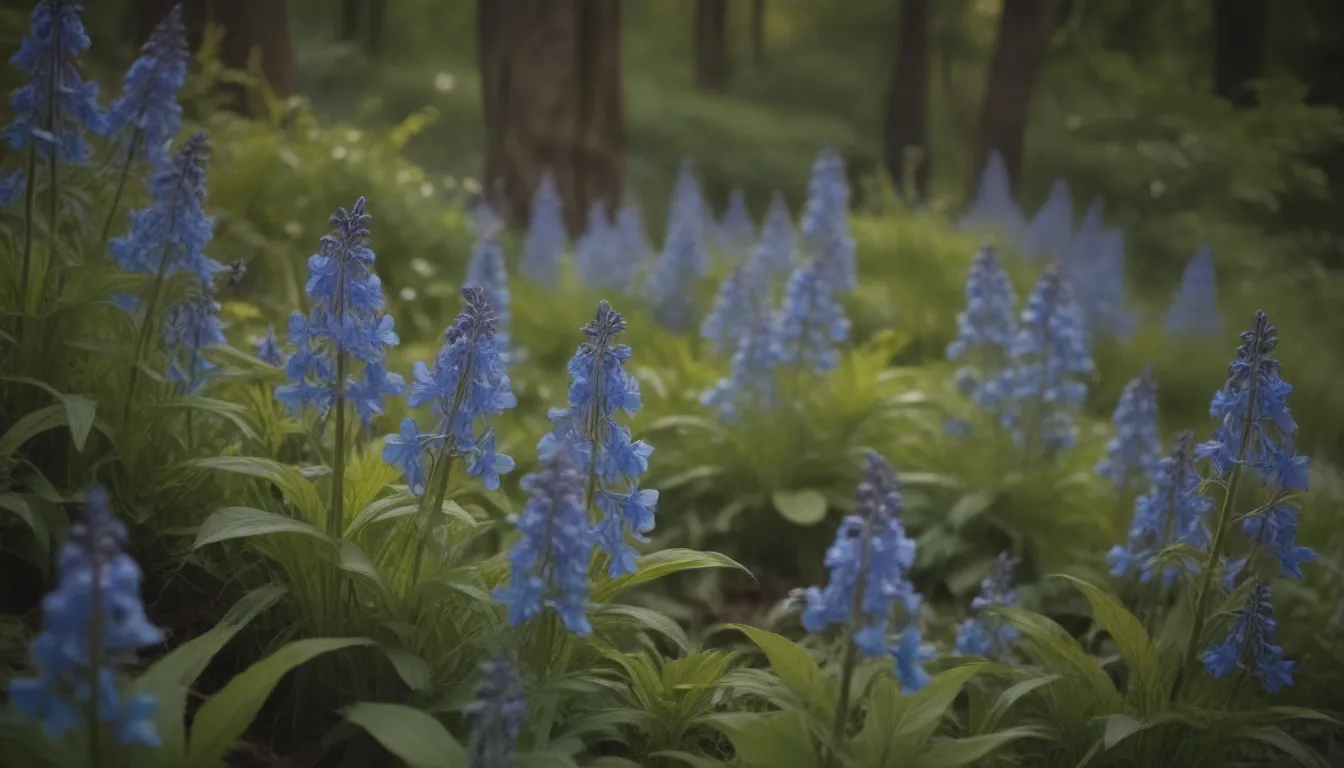
Welcome to the ultimate guide on how to grow and care for Virginia Bluebells, the stunning spring flowers that grace our gardens with their vibrant blue blooms. In this comprehensive article, we will dive deep into everything you need to know to successfully cultivate these ephemeral beauties. From planting tips to common problems and solutions, we’ve got you covered. So grab your gardening gloves and let’s get started!
Introducing Virginia Bluebells
Virginia Bluebells, scientifically known as Mertensia virginica, are a sight to behold in the springtime. With their trumpet-shaped blooms in shades of blue and pink, these flowers attract buzzing bees, butterflies, and hummingbirds to your garden. Native to the United States, Virginia Bluebells are not considered invasive, but they can self-seed and spread easily. They thrive under the shade of trees and typically disappear when the summer heat arrives.
Key Characteristics of Virginia Bluebells:
– Height: About two feet tall and wide
– Leaves: Rounded and smooth, ranging from grey-green to blue-green
– Growth Habit: Long-lived perennials that grow from rhizomes or underground stems
– Planting Season: Best planted in fall or early spring
Virginia Bluebells Care Guide
Taking care of Virginia Bluebells requires a delicate balance of moisture, sunlight, and soil conditions. These plants prefer a shady spot with filtered sunlight and thrive in moist, organic-rich soil. Let’s explore some essential care tips to ensure your Virginia Bluebells flourish in your garden.
Planting Virginia Bluebells
Here’s how to plant Virginia Bluebells for optimal growth and blooming:
– Establish bare-root rhizomes in early spring or fall
– Plant one to three inches deep and space 12 to 18 inches apart
– Provide consistent watering to help roots establish
Light Requirements
Virginia Bluebells thrive in partial to full shade but can tolerate some morning sun with increased watering. They make excellent companions for shade-loving plants like Solomon’s Seal, hostas, and ferns.
Watering Needs
Native to cool woodlands, Virginia Bluebells crave regular watering to thrive. Keep the soil moist but not soggy, especially during the plant’s establishment phase. Mulch newly planted rhizomes with composted leaves to promote healthy growth.
Temperature and Humidity
Unlike many garden plants, Virginia Bluebells prefer cold, moist environments. They will die back in midsummer before the heat and humidity arrive. Ensure your growing conditions mimic their native woodland habitats for optimal growth.
Fertilizing Tips
Before planting, work compost or a balanced fertilizer into the soil to promote flowering and soil moisture retention. Whether your garden soil is sandy or clay-based, extra nutrition will benefit your Virginia Bluebells.
Propagating and Growing Virginia Bluebells
Virginia Bluebells are self-sufficient plants that spread through rhizomes and self-seeding. You can propagate them by seed or division for expanding your garden. Here’s how to propagate Virginia Bluebells for an even more abundant display:
Propagating by Division
In fall or early spring, when the plants are dormant, you can divide Virginia Bluebells to create new plantings. This method helps maintain the health and vigor of the parent plant while expanding your garden.
Growing from Seed
To grow Virginia Bluebells from seed, follow these steps:
– Provide a period of cold and moisture for stratification
– Sow seeds indoors in moist sand for four to six weeks
– Transplant seedlings into the ground in early spring for optimal growth
Potting Virginia Bluebells
While Virginia Bluebells can grow in pots, they are not ideal as mature indoor plants. Plant them in containers with drainage holes and keep the soil moderately moist when growing in pots.
Common Pests and Diseases
Virginia Bluebells are relatively pest and disease-resistant but can face challenges in moist, shady environments. Here are some common issues to watch out for and how to address them:
Fungal Infections
- Control fungal diseases with organic solutions like sulfur, potassium bicarbonate, and horticultural oils
- Maintain proper air circulation and avoid overcrowding to prevent powdery mildew and other fungal infections
Pest Control
- Watch out for snails and slugs that may damage new shoots
- Use diatomaceous earth or beer traps to deter these pests from invading your plants
Tips for Successful Blooming
If you want to enjoy a vibrant display of Virginia Bluebells in your garden, here are some tips to promote successful blooming:
- Ensure adequate moisture and warm temperatures for seeds to germinate
- Deadhead flowers after they wilt to prevent seed spread
- Avoid transplanting as Virginia Bluebells may take some time to establish in new locations
Conclusion
In conclusion, growing and caring for Virginia Bluebells can be a rewarding experience for any gardener. By following the tips and guidelines outlined in this article, you can create a beautiful display of these stunning spring flowers in your own backyard. From planting to propagation and pest control, we’ve covered all the essential information you need to cultivate healthy and vibrant Virginia Bluebells. So roll up your sleeves, grab your gardening tools, and let’s get growing!
